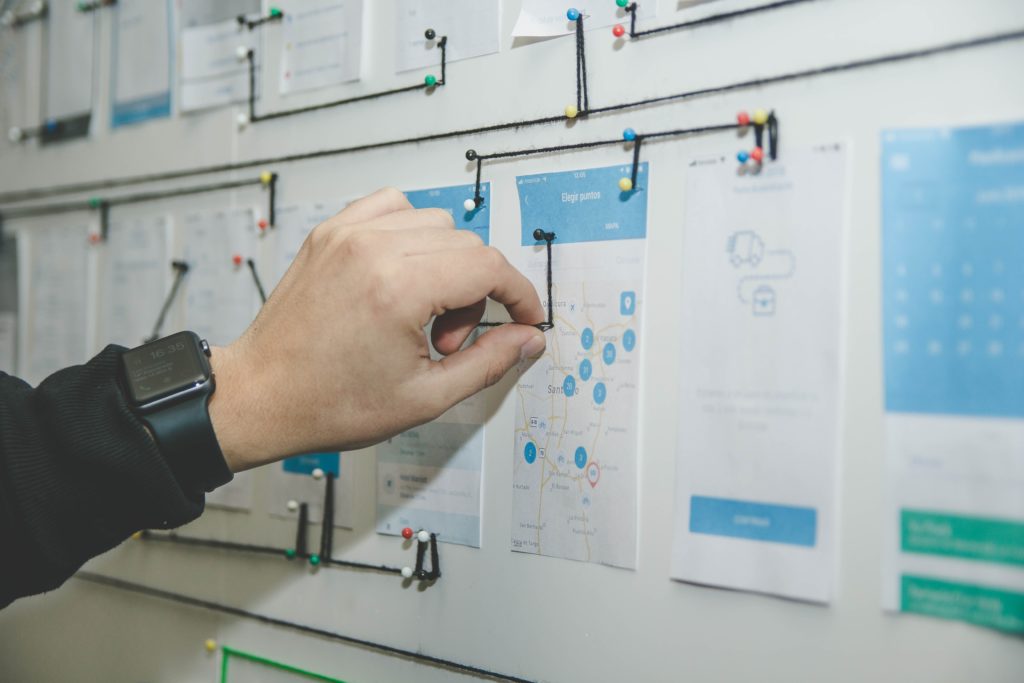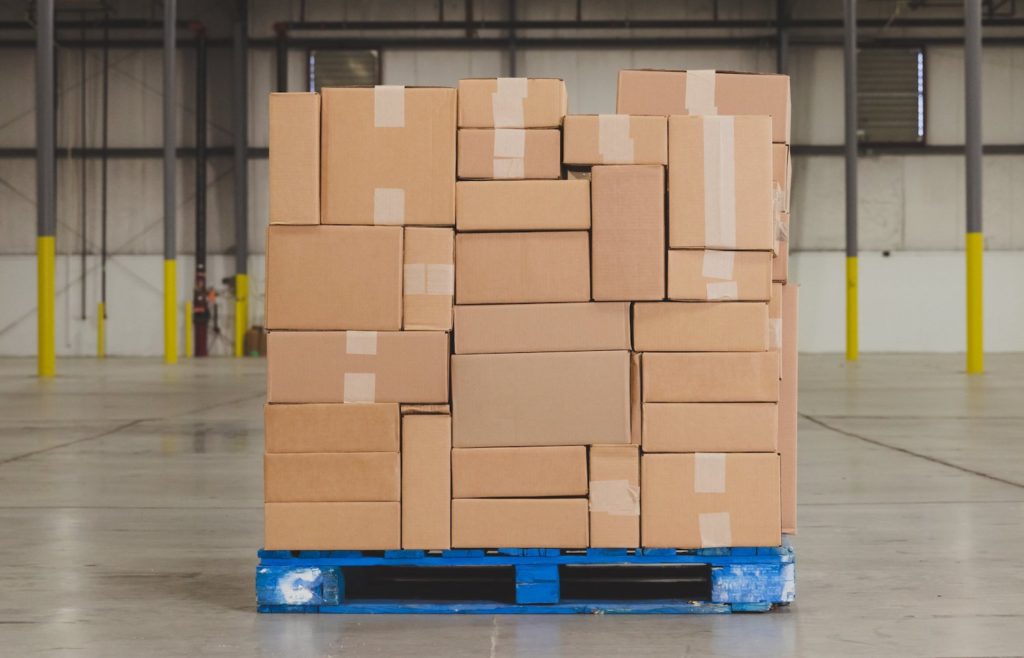
Use Weather to Reduce Freight Spend
Rising Transportation Costs
Experts say shippers’ main focus these days is on managing global risks that include higher supply chain costs. These costs are adding up, hitting shippers hard and forcing them to look at advanced data analytics to help identify risks and opportunities for efficiencies. Costs are a constant challenge. The Wall Street Journal reported that U.S. companies are spending more than ever on transportation costs, up 6.2 percent from 2016.
It’s no wonder costs are skyrocketing. Much of the increased demand is due to customer expectations to receive e-commerce orders within days or even hours of placing their orders. Manufacturers, too, expect rapid deliveries in order to bring products to market faster to meet their customer demands. This increased demand doesn’t look like it will wane anytime soon and companies who can’t keep up will be left behind.
It’s not just online shoppers that are putting pressure on the supply chain. The weather can play a significant role in demand as well. The Council of Supply Chain Management Professionals (CSCMP) reported that the Gulf Coast and Puerto Rico hurricanes, for instance, caused freight rates to jump as logistics networks were strained to keep up with relief efforts. It’s not only the dependence on transportation for relief supplies, but many of the hardest-hit areas are along major transportation routes that can be shut down during and after a natural disaster. With fewer routes and more demand, prices inevitably increase and send ripple effects up and down the supply chain. During Hurricane Harvey in 2017, motor carrier costs and rail transportation costs rose by approximately 8 percent.
Related: The Florence Effect on Logistics
It’s Not Just Hurricanes
Depending on the location, weather events of all kinds can spell disaster for shippers. Hurricanes, at least, are a bit more predictable than a tornado or a winter ice storm. Even worse, brutal winter weather, for example, can last for months. There’s more at play, too. The busiest shipping days on the calendar fall smack dab in the middle of those cold winter months. That’s when the most people hit the roads and the air for holiday travel. Between the winter precipitation and congested routes, shippers are even more challenged to hit their on-time delivery commitments.
As demand outstrips capacity, costs rise. It’s simple economics. With most shippers facing similar issues, is there anything one shipper can do to offset the potential loss and stay ahead of the competition? Fortunately, technology is helping separate the savvy companies from the rest of the pack.
It’s All About The Data
Having a conversation about the weather with most people results in small talk about it being cold, the nice rain, or the relentless heat. Ask a shipper about the weather and you’re likely to get an eye roll. While the weather is an inevitable fact of life, it is the bane of shippers’ existence because it is, for many, unpredictable and problematic. It causes delays and even damage to freight, hitting companies where it hurts most – their bottom line. Not to mention their reputations to be able to deliver on-time and in full.
If the weather can’t be controlled, is there a way to at least minimize its impact? Most resoundingly – yes – at least if it is predicted and analyzed the right way early enough to enable proper logistics planning.
This isn’t just watching the local weather forecast. Instead, it’s using technology that taps into big data, analyzes it in relation to shipping data, and presents it in a way that informs decisions. This kind of data, pulled from multiple sources, helps leaders determine the best way to ship freight, when to ship it and what may be required to protect it from potential weather events or temperature fluctuations. Weather is no longer the enemy, but an enabler that can help shippers get products to where they need to be in the most economical, timely manner. In fact, it can even be used to save your company money.
The key here is to have the data early enough to make decisions and modify plans. Sophisticated technology uses predictive analytics, complex algorithms, and traditional weather forecasts to present a clear picture up to 14 days in advance of tender. That’s two weeks of planning on your side – time to determine the best timing, routes, and transportation modes while keeping your customers informed as you set proper expectations. When compared with other shippers who are incapable of such transparent operations, it’s easy to see how weather data can be a competitive advantaged.
Where Weather Data Can Reduce Spend
Transportation Mode
Is it less expensive to ship freight via truck, rail or air? It all depends on the weather and you can’t determine that if you’re only looking at the weather at the warehouse and end customer location. Every mile along the planned transportation route must be assessed and that takes manpower that most shippers don’t have. Technology, on the other hand, can collate massive amounts of weather data along the entire route to determine where weather risks are most likely and their potential severity. While air freight may be more expensive in many cases, it could end up costing less if there is a winter blast along a traditional shipping lane that causes significant delays or damage to the freight.
Keep in mind, the software gathers and analyzes all of this big data automatically, saving you resources while presenting more comprehensive, actionable data. It’s a win-win that shippers can’t afford to ignore. Smarter decisions don’t have to take longer to make. In fact, the technology virtually guarantees those decisions will be better informed and faster because all of the data required to make them is at your fingertips.
Transportation Type
Temperature-sensitive goods, such as pharmaceuticals and certain grocery items require refrigeration but the outside temperatures can actually be used to your advantage. Why pay additional freight costs for a reefer truck if you know in advance that the temperatures along the entire planned route will be below freezing?
Related: A Guide to Cold Chain Logistics
With the integrity of these items at stake, it’s important that temperature predictions are accurate and precise. Human data gathering will not suffice. Predictive analytics gives you the temperature range you can expect along the route, plus the added benefit of presenting how likely those temperatures will stay in that range. With that information in hand, you can be much more confident in your decision to use or not use a reefer truck.
Lane
Sometimes, getting your product to its destination safely and on time is to send it along the traditional lane. When the weather is at play, that lane may need to be shifted in order to avoid any delays. The lane may be out of the norm, but if it ends up being the fastest route, it’s worth a look. Without the right technology, however, you may never know it’s a viable option.
The types of events that can impact lane choice can be as simple as snowdrifts and ice to as complex as flooding and tornado outbreaks. Again, manually trying to determine where the biggest weather risks are along a route and how shipments can be diverted is not a good plan. Instead, allow the predictive analytics to let you experiment with what-if scenarios to tell you automatically where your best routes are given any type of weather event, natural disaster, social situation, or other potential interruption to freight.
Dates
Logistics is as much about timing as it is about the freight. You promise your customers a shipment on a certain date, even at a certain time. If you can’t deliver, your costs can increase while your reputation plummets. The earlier you can detect a potential delay, the sooner you can make alternative arrangements to either get the product to its destination on time or set the right expectations with your customer.
Because you are just one link in the supply chain, it’s critical for you to be able to meet your commitments. Use predictive technology to help you see where risks might occur and how you can avoid them. It’s one thing to know a hurricane is coming, but unless you know how that can impact your particular shipments, you can’t make smart decisions early enough in the planning process to mitigate the risk.
It’s Time to Upgrade
If you’ve been relying on manual processes, ad hoc technology and disparate systems, you’re likely not getting a full picture. You’re also spending more time, resources and money trying to gain the visibility that only sophisticated technology can provide. The weather is an unpredictable variable. Combined with the complexity of logistics, you can see how technology is a saving grace, particularly if extreme weather events continue to intensify.
According to the Environmental Protection Agency (EPA), climate change will have immediate and long-term effects on the transportation industry. The time is ripe for shippers and carriers to be proactive in how they approach logistics. Delivering on-time, in-full, on-budget shipments will continue to be a challenge. Only the companies who modernize their infrastructure with advanced technology will be in a position to overcome those challenges and become an industry leader.



